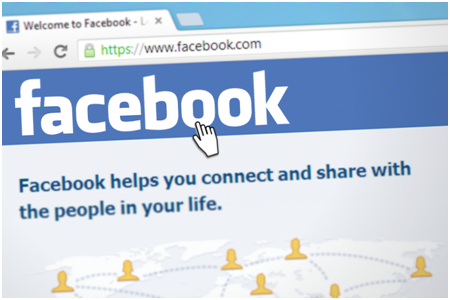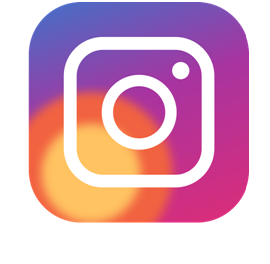As per the concept that has been popularized by Eric Reis, “A minimum viable product (MVP) is a development technique in which a new product or website is developed with sufficient features to satisfy early adopters. The final, complete set of features is only designed and developed after considering feedback from the product’s initial users.”
Source: https://www.techopedia.com/definition/27809/minimum-viable-product-mvp
An MVP allows you to understand the acceptance level of your mobile app from the horses’ mouth, i.e. from your real user base. As per the CB insights report, 42% of the companies rolled out mobile apps that did not serve any purpose, i.e. they did not solve any requirements of the user.
Source: https://www.cbinsights.com/blog/startup-failure-reasons-top/
An MVP is the best way to get a reality check – to test the assumptions and learn from your app’s own core findings. An MVP is generally designed to have minimum important features that solve a core problem for the users.
3 Examples of Successful Mobile App MVPs
Let’s take a look at a few apps that followed this rule of thumb and became successful apps.
Facebook
Source: https://www.statista.com/statistics/264810/number-of-monthly-active-facebook-users-worldwide/
The app that started out as a directory for students studying at Harvard University expanded to the other top American Universities – Stanford, Columbia and Yale. In 2005, it included universities in the UK, Mexico, Puerto Rico, Australia and New Zealand, as well as more than 25,000 schools in various countries.
Zuckerberg rolled out an MVP which was completely revised to a new product with new technology and features. The app was rolled out to a small bunch of users to collect feedback. All of this feedback was consolidated and strategic business moves were made to upgrade this social media platform. Today, Facebook is a social media and social networking service company that is worth more than a billion dollars.
Instagram
Over the course, Instagram has added video editing, added new filters, Boomerang videos, eature stories and introduced direct messaging. There was a growth from 10 million users in 2010 to 800 million by September 2017. Instagram that launched as a MVP grew from a caterpillar to beautiful butterfly.
Dropbox
A Silicon Valley startup, Dropbox was introduced in the market as a cloud-storage service in the market; it was a safe and secure solution focussed on simplicity. Even before rolling out the app in the market, Drew Houston built a 30-second video demonstrating the product. This video received thousands of feedback comments from the audience that was interested in this kind of product. Dropbox was able to capture email addresses of over 70,000 email addresses of their future user base.
Dropbox released its final product with basic functionalities and incorporating the feedback they had received from the user base. Now, it has over 50 million users with a growing rate of one new user per second.
Takeaways
A few takeaways to create successful mobile app MVPs:
Prioritize the features, starting with one feature that provides most value, as in the case of Dropbox, the basic feature was that it was a cloud-storage service.
Craft out the persona of the audience that you are aiming to target; for example, Uber was targeting middle class customers who need regular commute for work. Determining the persona will help you make user-centred decisions that solve a genuine problem faced by the user.
When the MVP is rolled out in the market, you will get an idea of what your app’s user base is actually looking out for. It is important that you document all the comments and feedback that you receive and respond accordingly to the market demands.
Remember, building an MVP is not about introducing the product in the market, but building a technically feasible mobile app that works seamlessly. It is basically the perfect way to validate if it is solving the user’s problems and if not, then take an emergency exit or carve a different road map by prioritizing the feature that your mobile app needs to be.







